how i used a selfie stick for good by Connie H. '15
and other things i did in 6.811
i just finished 6.811, principles and practices of assistive technology (PPAT)!
it’s a higher level interdisciplinary course 6 class that tackles hardware, software, and mechanical solutions to the needs of boston area clients. i can’t even begin to summarize everything i learned this semester, but you can start to poke around in the 6.811 course website to learn more about what we cover. the class was started by seth teller and has grown into a gem that features the best guest speakers in the field, interactive labs (including navigating campus in a wheelchair), and lots of workshops and time to prototype your team’s project.
our team was paired with a client that was looking for a way to use his iPhone to take steady, clear photos. it sounded simple enough—there are plenty of existing iPhone mounts that go every which way! however, our client has a spinal cord injury with limited fine motor skills and it turned out to be a very nuanced problem. below is a demonstration of how he currently maneuvers his iPhone.
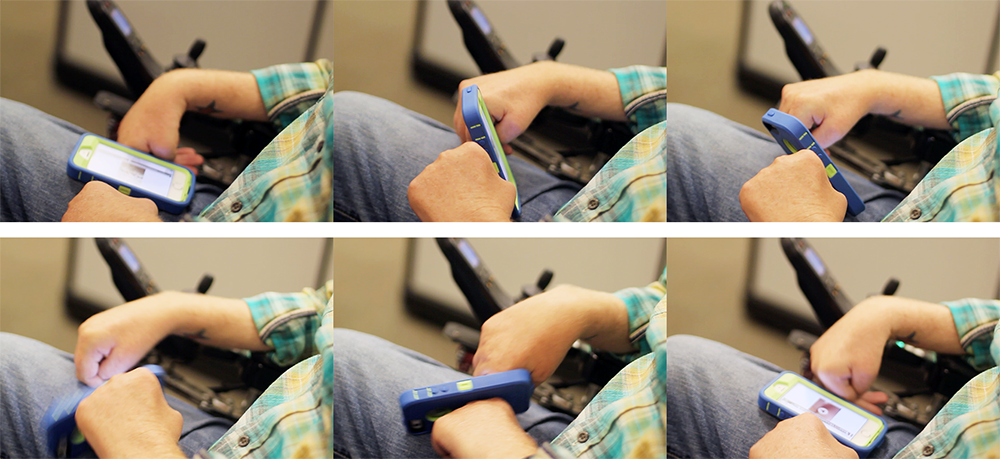
in our first iteration, we tried to bust open a few electronic iPhone accessories with the hopes that we could build him some kind of electronic mount with a few buttons close to his body. (it turns out the popular grip shutter for iPhones is just the little circuit you see below.) but our ideas were complete overkill—our client had plenty of ways to maneuver his phone and did not need a giant robot arm to do it for him.
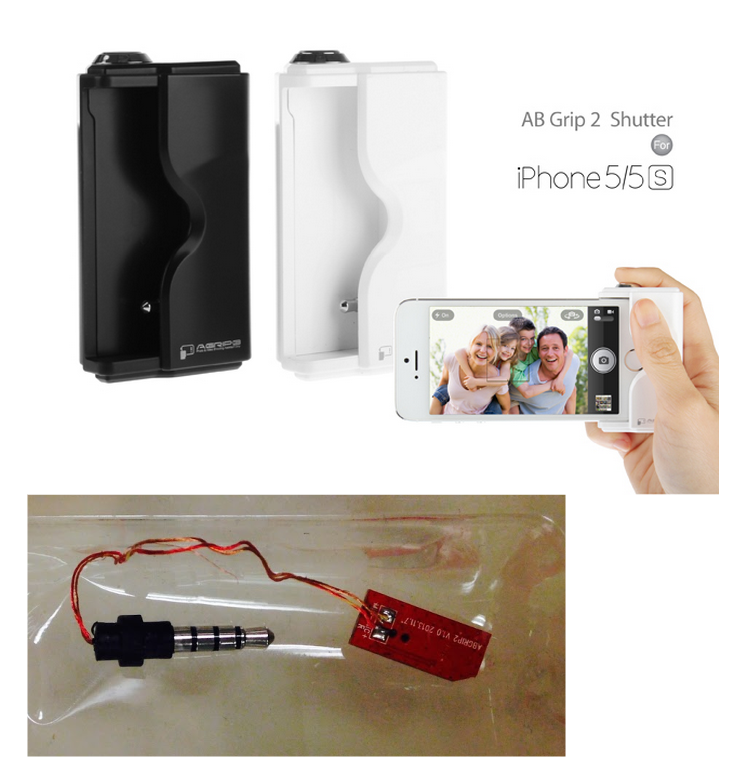
so we went back to the drawing board…
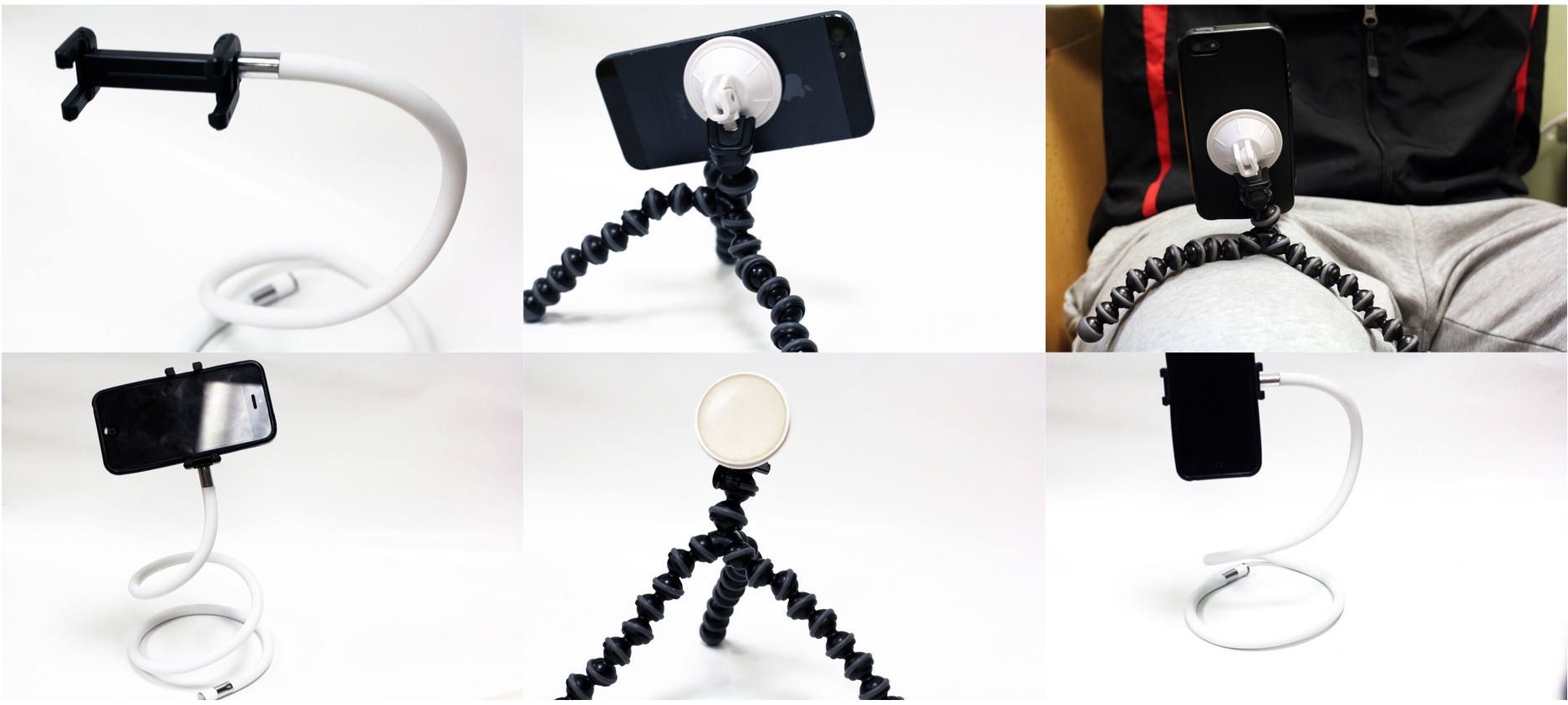
and hacked together a few flexible mounts that we hoped our client could use a bit better. we were headed in the right direction, but unfortunately even flexible tripods are not meant to be pushed around. we started looking into ways to mount something to our client’s wheelchair—mounting something was not ideal, but necessary if we wanted to keep the iPhone stable.
after searching for more premade components to work with, we finally found two that fit the specs:
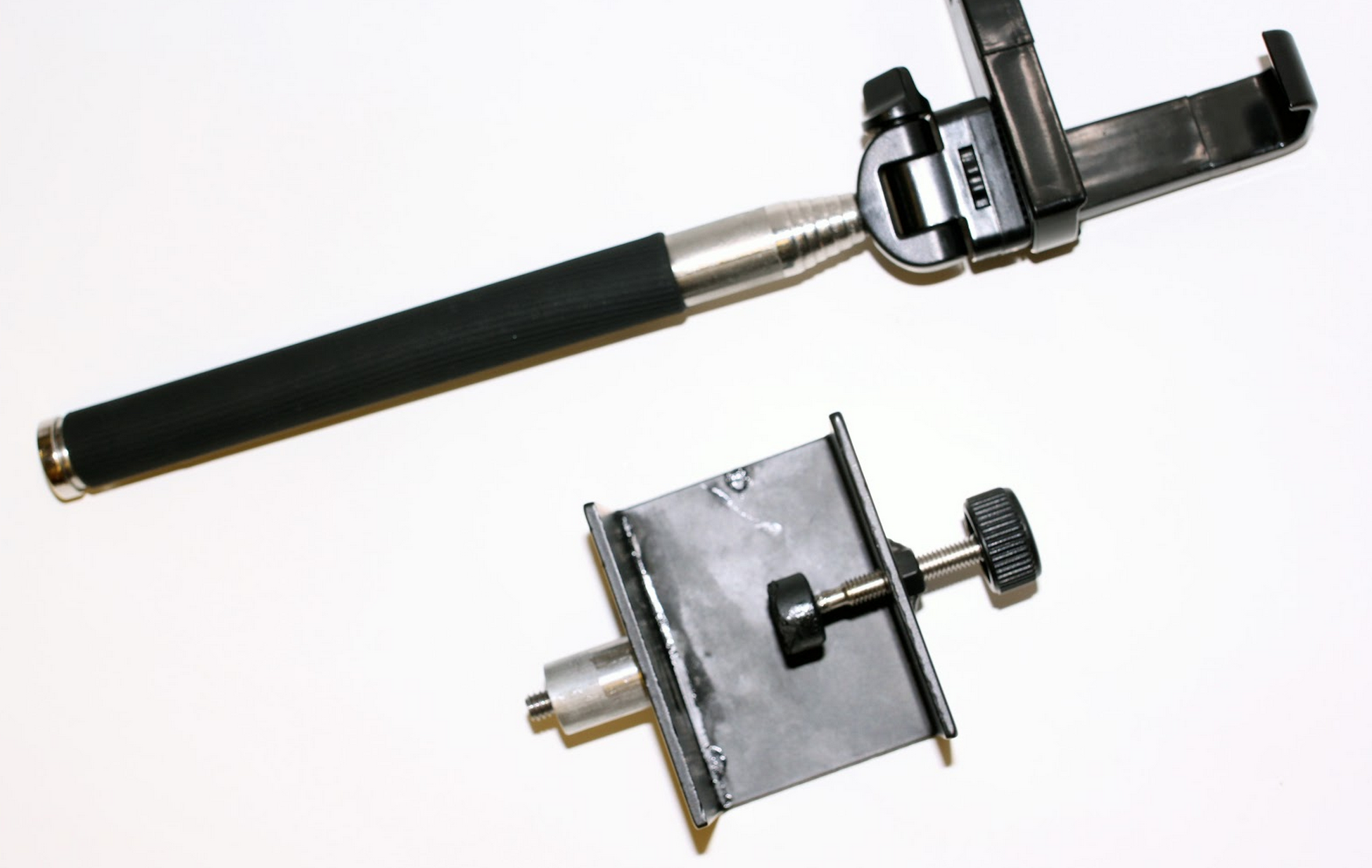
the humble selfie stick and a microphone table clamp.
we were able to thread the two together to create a fairly robust mount, but it wasn’t quite up to the job when clamping to the underseat of the wheelchair. after extensive testing, a little 8.01 and the help of one of the many machine shops we worked with on campus, we were able to present our final prototype today with great success!
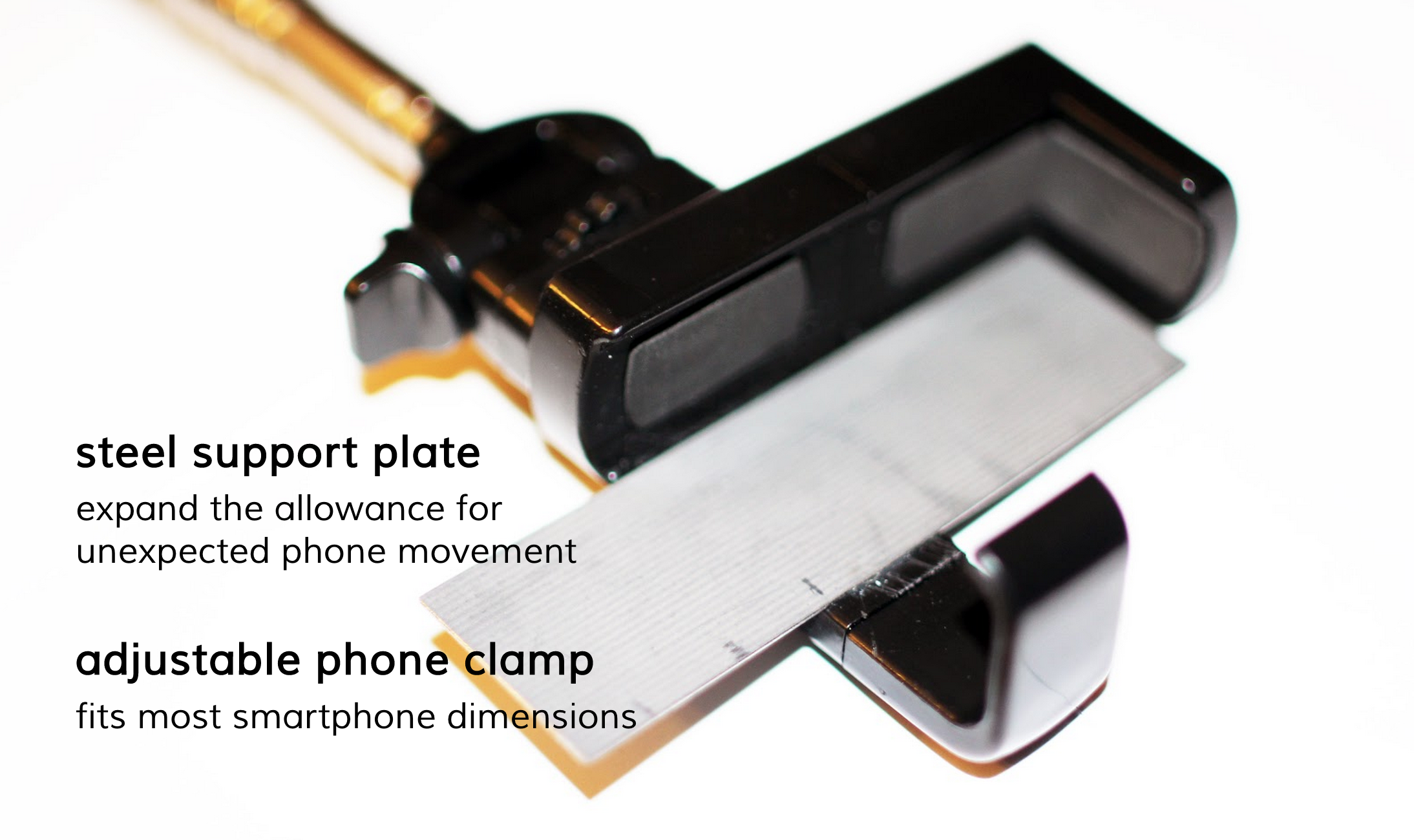
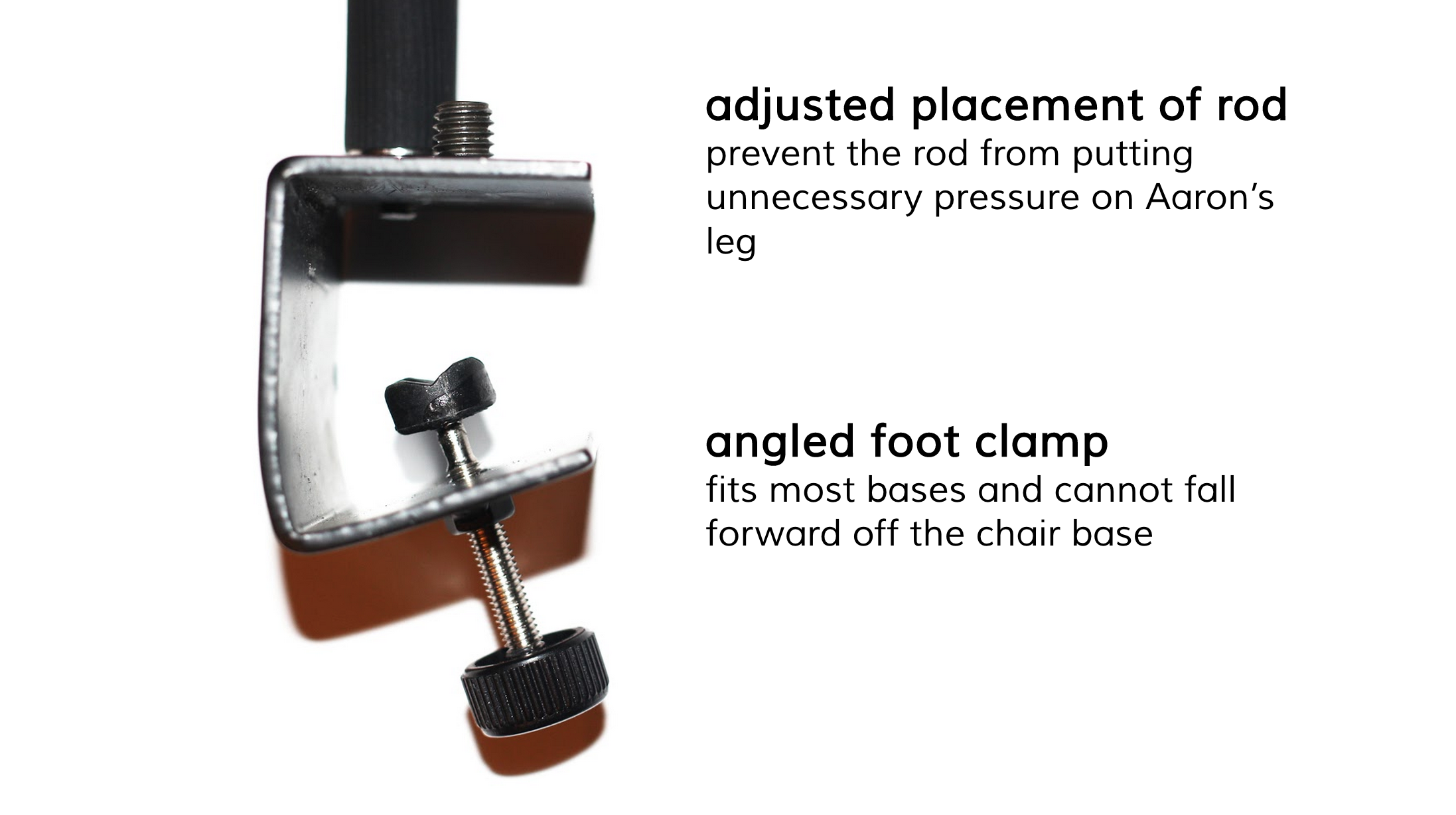
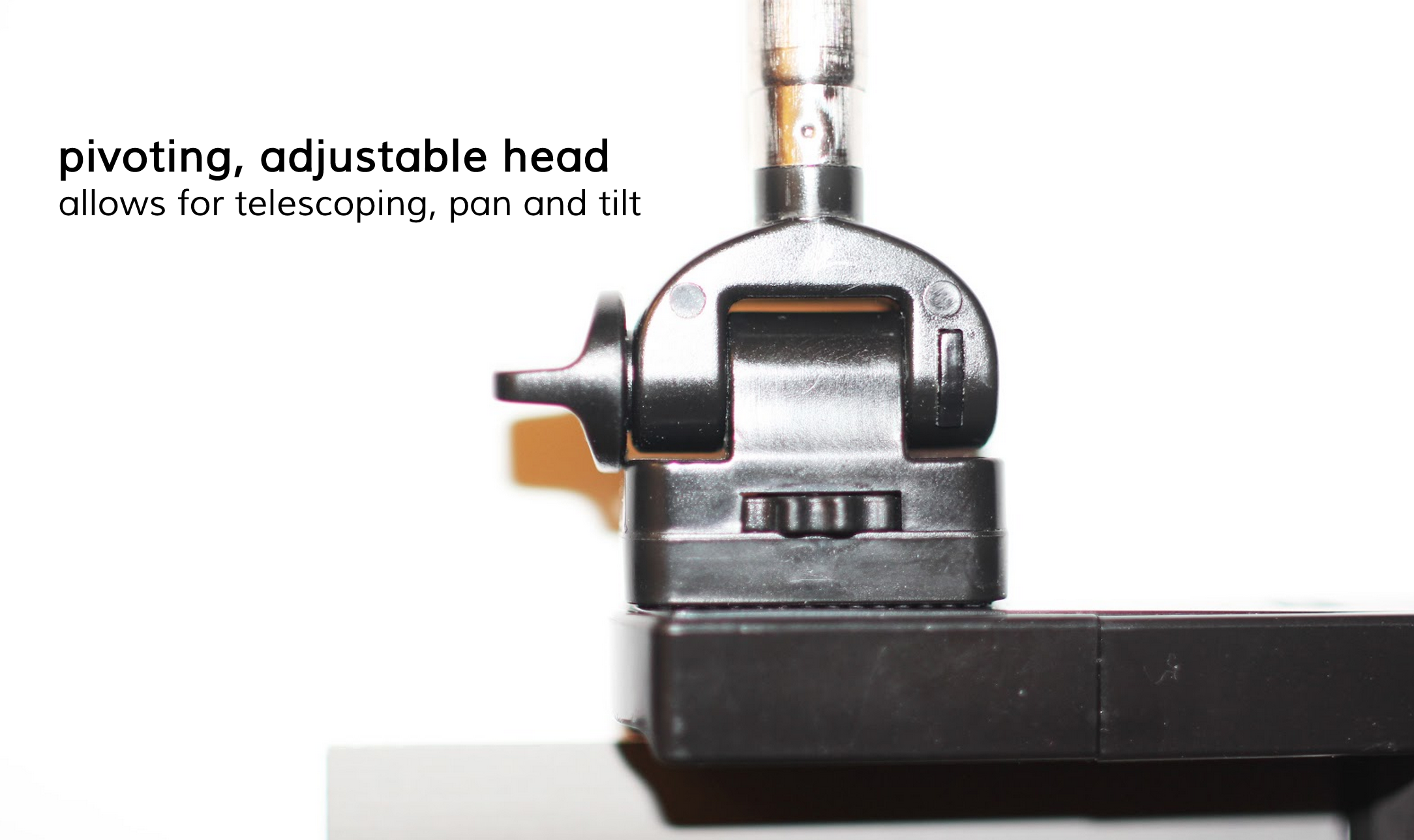
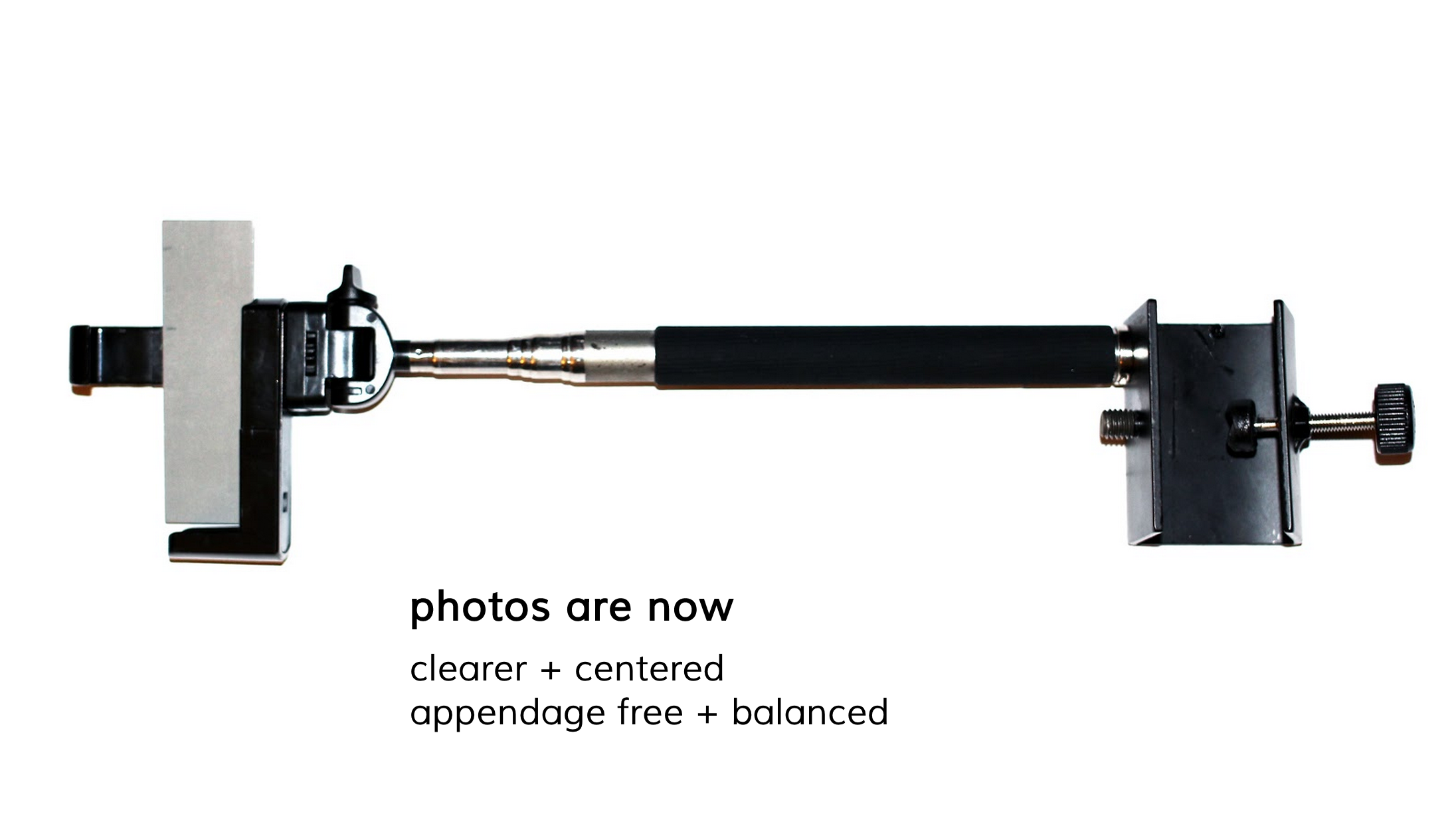
watching our client take clear and steady photos with the mount was one of the best moments i’ve had at MIT.
you may be thinking that we just spent all semester gluing a selfie stick to a clamp.
that is partially true.
but among the many lessons i learned with my team in 6.811, i found that while it’s easy to think of successful product design as something that beautifully and simply touches the lives of millions (if not billions) of users, successful assistive technology is very different. i think successful assistive technology has to do with finding a solution that really, truly works for at least one client. scalable assistive technology has less to do with optimized engineering or materials and more to do with creating something that is cost-effective, reproducible, and flexible to meet different needs.
it’s a very different way to think of product design or just design in general—i think any designer or engineer or anyone is always guilty of defaulting to the familiar, and assistive technology is one area where in most cases you simply cannot make any assumptions.
this blog post doesn’t do justice at all to the wonderful resources at MIT that support assistive technology, so i encourage you to explore these resources as well as any resources your school might offer.
and of course if you have a better design for this mount, email me! our client deserves the best solution out there.